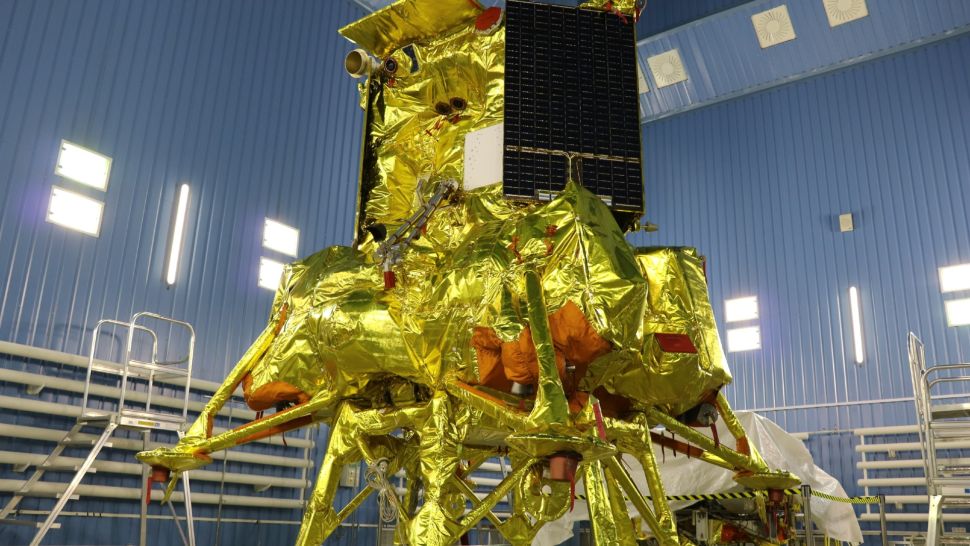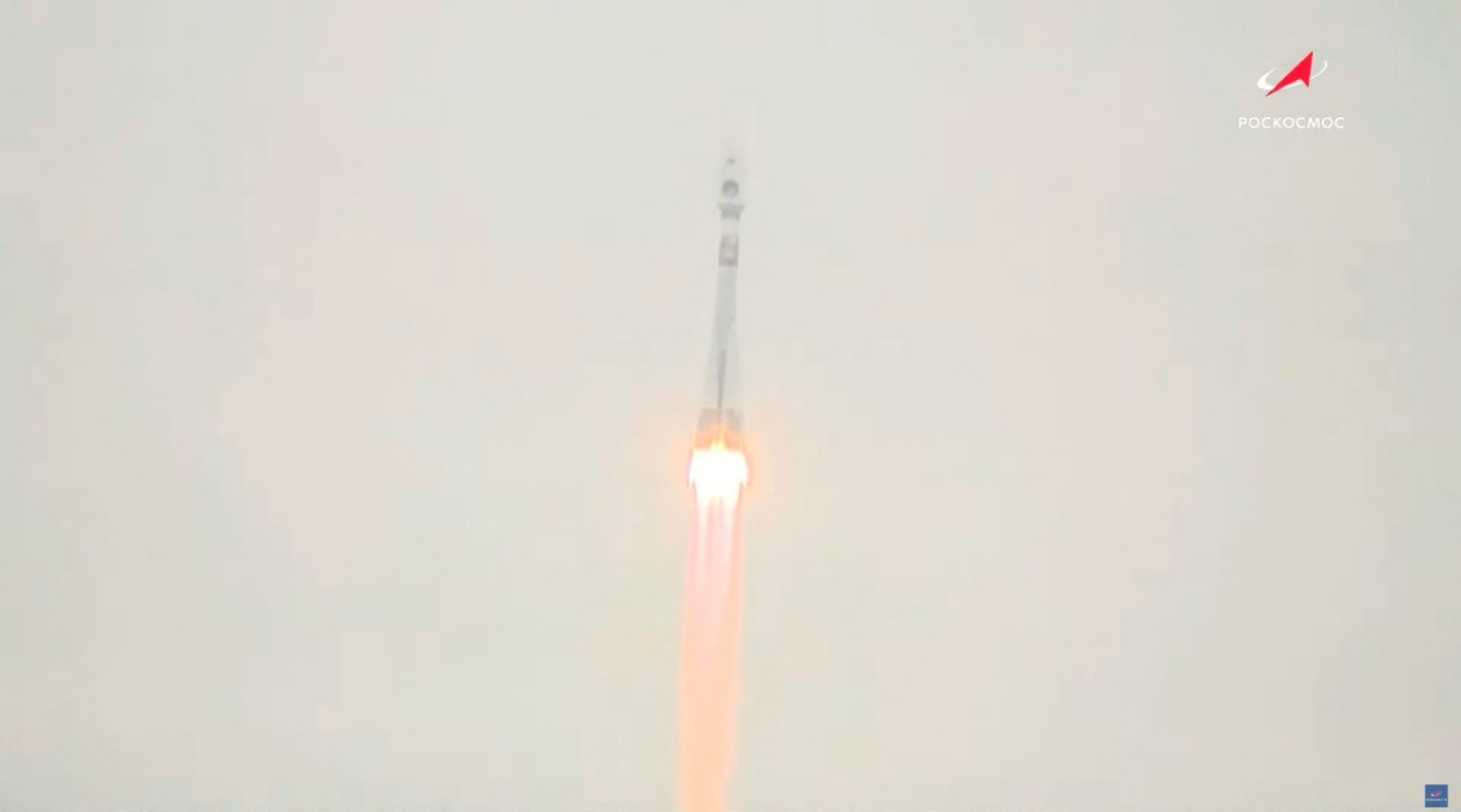Russia’s Luna 25 mission, which launched today from the Vosthochny cosmodrome, may reach the Moon before Chandrayaan-3 of India.
The Luna-25 mission was launched by the Russian space agency Roscosmos at 4 AM (tentative) on Friday, April 11, using a Soyuz rocket from the Vosthochny cosmodrome in the far east of the nation. Despite taking off almost a month after Chandrayaan-3, Russia’s first lunar landing mission since 1976 may arrive at the lunar south pole first.
In around five and a half days, the Russian mission will arrive at the Moon, where it will spend three to seven days in an orbit of 100 kilometres before touching down. This would indicate that Chandrayaan-3 and Luna-25 might touch down on August 23.
India and Russia are competing against one another to be the first to set foot on the south pole of the moon.
At 2:11 am on Friday Moscow time, a Soyuz 2.1v rocket carrying the Luna-25 ship launched from the Vostochny cosmodrome, 5,550 kilometres east of Moscow. Over an hour later, the upper stage of the rocket propelled the lander out of Earth’s orbit and towards the moon.
The Luna-25 spacecraft, which is about the size of a small car, will attempt to spend a year operating on the moon’s south pole, where researchers from NASA and other space agencies have recently found signs of water ice in the area’s shadowed craters.
Roscosmos stated in a previous statement that Luna-25 will analyse soil samples and carry out long-term scientific study on the Moon’s surface in addition to showing soft-landing capabilities. A lander, an orbiter, and a rover are all part of the Chandrayaan-3 mission. Also, Chandrayaan-3’s Vikram lander and Pragyan rover are intended to operate for 14 days on the lunar surface, compared to Luna-25’s mission, which has a planned life of around a year in space.
This is Russia’s first lunar mission since the country was a part of the Soviet Union 47 years ago. (USSR) Surprisingly, the mission is being carried out without the use of any European Space Agency (ESA) equipment. This is due to the space agency’s break with Roscosmos following Russia’s invasion of Ukraine.

The Luna-25 mission has a lot riding on it, as the Kremlin claims that Western sanctions over the Ukraine crisis, many of which have targeted Moscow’s aerospace sector, have failed to harm the Russian economy.
The European Space Agency had planned to connect its Pilot-D navigation camera to Luna-25 to test it, but it cut links with the project after Russia invaded Ukraine.
The moonshot, which Russia has been planned for decades, will also put to the test the country’s growing space independence after its invasion of Ukraine in February 2022 broke practically all of Moscow’s space relations with the West, except from its important position on the International Space Station.
According to Roscosmos, getting to the moon would take five days. The spacecraft will spend five to seven days in lunar orbit before descending to one of three possible landing locations near the pole, implying that it will match or just beat its Indian counterpart to the moon’s surface.
The rough terrain makes landing difficult, but the prize of discovering water ice might be historic: vast amounts of water ice could be used to extract fuel and oxygen, as well as for drinking water.
No country has ever successfully landed on the South Pole. The Indian project Chandrayaan-2 was unable to reach the moon because its lander lost contact and crashed in 2019.
However, the country has already achieved soft lunar landings when it was still a part of the USSR. At the time, the US and the USSR were engaged in a space competition. India and China have joined the modern-day space competition.













